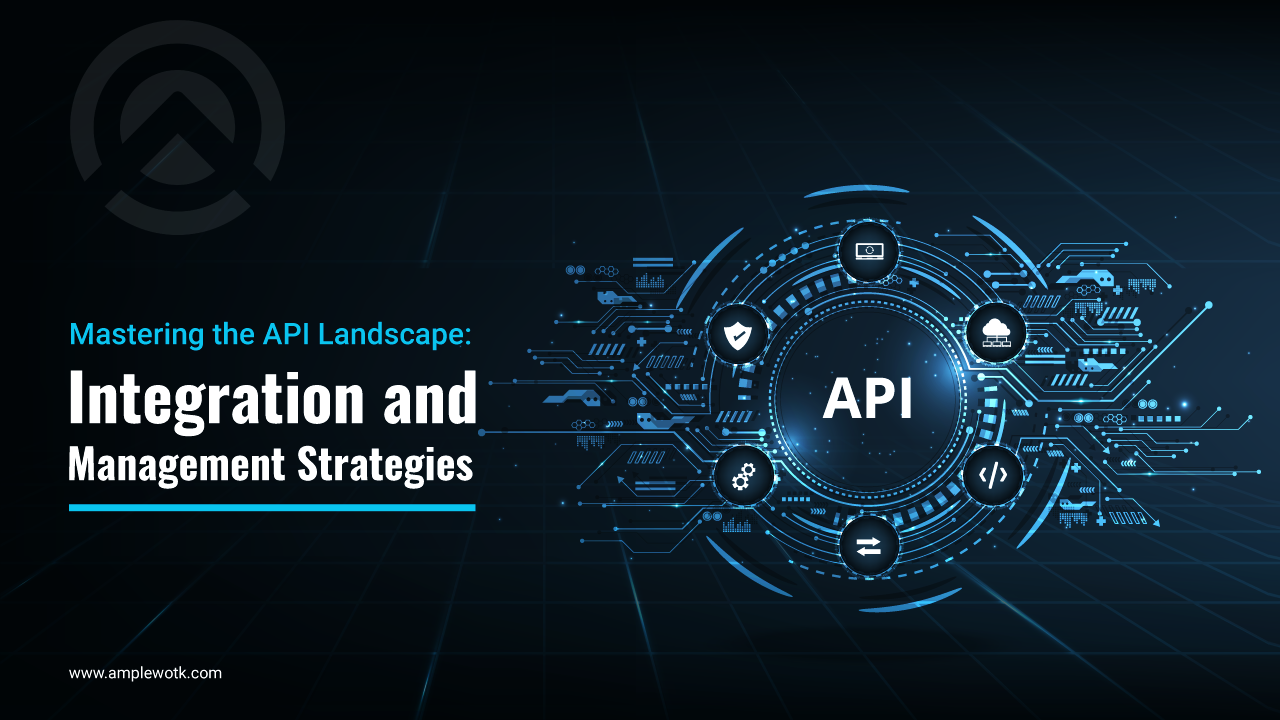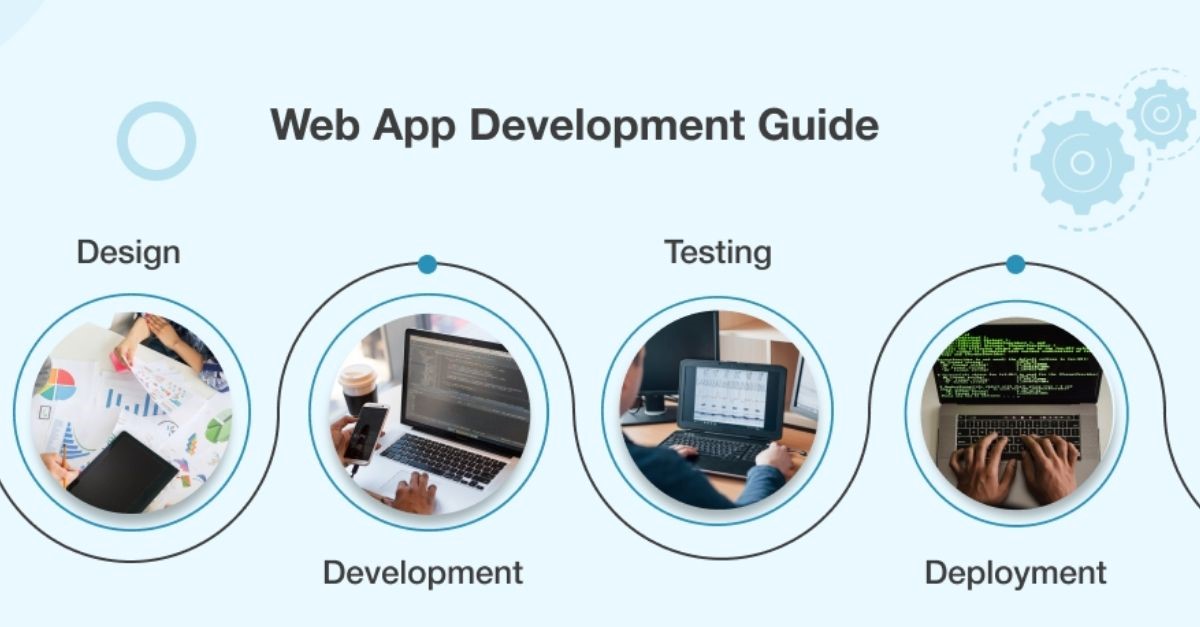The capacity to gather data from multiple places and combine it into a logical and useful format is now essential for effective decision-making and company operations in the era of big data and digital change. APIs, or interfaces to application programming, have become the key to obtaining insightful information from many data sources.
This blog post will discuss the value of API data integration along with how companies may prosper in an information-driven future by learning this skill.
The API Revolution:
The fundamental components of the contemporary digital ecosystem are APIs. They act as links between various software platforms, allowing them to converse and exchange information. APIs are crucial for enabling a variety of tasks, such as retrieving weather conditions from an internet source, integrating your online shopping cart with a payment processor, or obtaining historical Forex data through a Forex History API.
APIs occur in a variety of formats, each with specific capabilities and applications, like RESTful, SOAP, GraphQL, and others. They give apps a standardised means of requesting and exchanging data, which facilitates developers’ creation of smooth, unified user interfaces.
Data Integration: The Key to Unlocking Insights
Data is flooding businesses these days from a wide range of sources, including mobile apps, websites, sensors, IoT devices, and more. For executives to make understanding of this abundance of data, businesses must combine information from many sources to get a cohesive picture of their marketplaces, consumers, and operations. This is where API data integration becomes indispensable.
The procedure of gathering, analysing, and combining data from various APIs and sources is known as API data integration. Organisations may obtain a thorough grasp of their data and transform it into useful knowledge by effortlessly integrating several systems and collecting pertinent information. Here are some key benefits of mastering API data integration:
Real-time Decision Making:
API data integration allows organizations to access real-time data from different sources. Whether it’s monitoring social media trends, tracking website traffic, or inventory management, having up-to-the-minute information empowers businesses to make informed decisions swiftly.
Improved Customer Experiences:
With API data integration, businesses can create a 360-degree view of their customers by aggregating data from various touchpoints. This comprehensive understanding enables personalized marketing, better customer service, and tailored user experiences.
Enhanced Data Quality:
Integrating data through APIs ensures a level of data consistency and quality. By connecting to reliable data sources, organizations can reduce errors and inconsistencies in their databases, leading to more accurate reporting and analysis.
Cost and Time Savings:
Manual data entry and data migration can be time-consuming and error-prone. API data integration automates these processes, saving both time and money while reducing the risk of human error.
Challenges in Mastering API Data Integration:
While API data integration offers a plethora of benefits, it also comes with its fair share of challenges. To master this practice effectively, organizations need to be aware of and address these obstacles:
Security Concerns:
Important information processing via APIs can present security issues, and hacking and data theft are becoming more common. Encryption, authorization, and entry controls are examples of strong security methods that organisations must use to safeguard their data.
Data Quality and Consistency:
Different APIs may provide data in various formats and structures. Ensuring data quality and consistency during integration can be a complex task that requires thorough data cleaning and transformation processes.
Scalability:
As an organization grows, the number of APIs it uses can increase significantly. Mastering API data integration means being able to scale the integration infrastructure to accommodate new data sources and increasing data volumes.
Compatibility:
Keeping many systems and APIs compatible can be quite difficult. Over time, changes in data formats, guidelines, and API versions can end up in compliance problems that require attention.
Best Practices for Mastering API Data Integration:
To overcome these challenges and unlock the full potential of API data integration, businesses should follow some best practices:
Choose the Right APIs:
Select APIs that align with your business goals and data requirements. Ensure they are reliable and provide the necessary security features.
Standardize Data:
Establish data standards and formats to ensure consistency across various data sources. Data transformation and cleaning tools can help in this process.
Implement Security Measures:
Use industry-standard security protocols such as OAuth2.0, SSL, and API keys to secure data during transmission and storage.
Monitor and Maintain:
Regularly monitor API performance, data quality, and integration processes. Maintain the latest version of your integration infrastructure and have a strategy in place for handling problems.
Conclusion:
In the data-driven world we live in today, API data integration is revolutionary. It enables companies to get insightful information, act quickly, and offer better customer service. But there are obstacles to overcome when learning API data integration, such as compatibility, reliability, safety, and data integrity.
By following best practices and implementing a well-thought-out integration strategy, organizations can harness the full potential of APIs and turn data into a strategic asset. As the digital landscape continues to evolve, mastering API data integration will be a critical skill for businesses to stay competitive and thrive in the era of big data.




